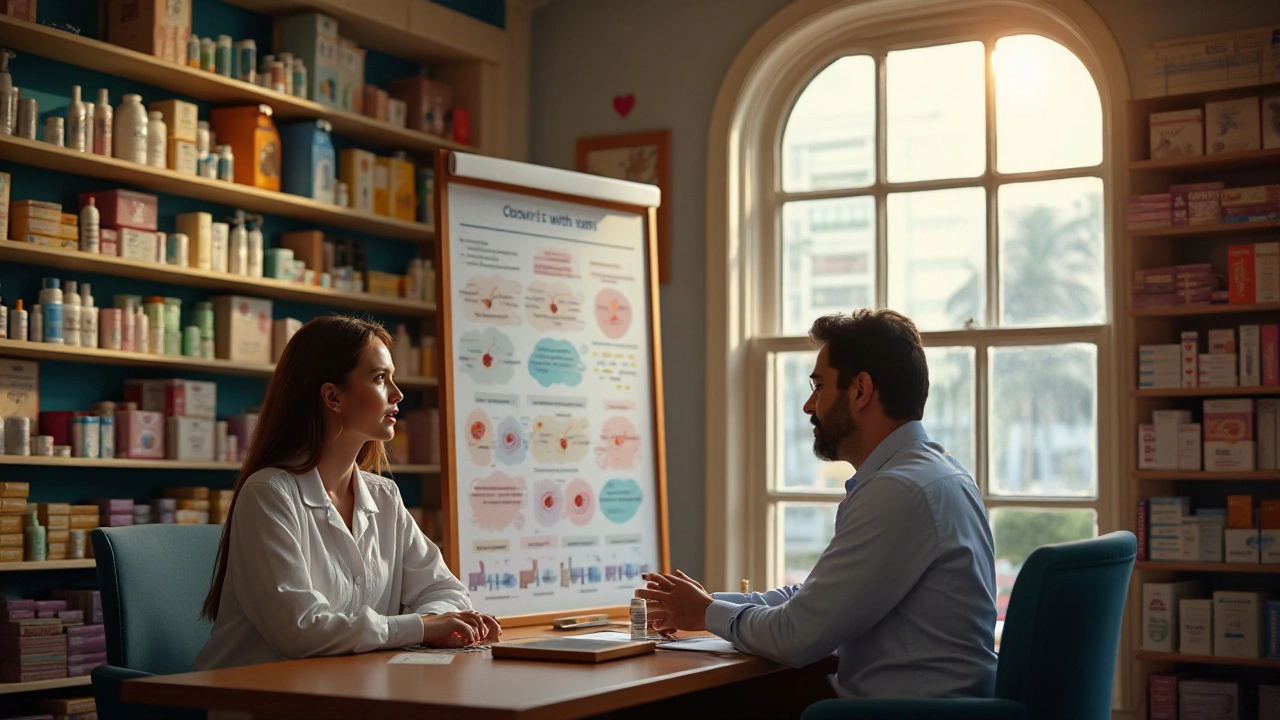Tired of scrolling through product pages and getting nowhere? Good skincare solutions start with a few reliable steps, not a shopping cart full of hype. Here’s a clear, practical guide you can use today — routines, what ingredients do, how to layer products, and common mistakes to avoid.
Morning: cleanse gently, apply antioxidant serum (vitamin C), moisturize, then sunscreen (SPF 30+). This protects, hydrates, and prevents sun damage. If you have oily or acne-prone skin, swap a lightweight gel moisturizer and choose a non-comedogenic sunscreen.
Night: remove makeup, cleanse, apply treatment (retinoid or acne spot treatment), then a richer moisturizer. Nighttime is when skin repairs itself, so use actives like retinol or prescription meds at night to reduce irritation from sun exposure.
Acne: benzoyl peroxide (kills bacteria) and salicylic acid (clears pores). Start with lower concentrations (2.5–5% for benzoyl peroxide, 0.5–2% for salicylic acid) and use every other day until your skin adjusts.
Dryness & barrier repair: ceramides, glycerin, and hyaluronic acid. Use hyaluronic acid on damp skin, then lock it in with a ceramide-rich moisturizer. This restores moisture without greasiness.
Aging: retinoids (retinol or prescription tretinoin) and peptides. Retinoids speed cell turnover; start twice a week and build up. Peptides help firmness and are gentle enough for daily use alongside moisturizers.
Sensitivity: look for fragrance-free, minimal ingredient lists, and soothing ingredients like niacinamide and aloe. Patch-test any new product on the inside of your wrist for 48 hours.
Layering rule: thin to thick. Apply watery serums first, then creams and oils. Wait 30–60 seconds between thin layers; heavier creams can seal everything in.
Exfoliation: chemical exfoliants (AHA like glycolic, BHA like salicylic) are effective but don’t overdo it. 1–3 times a week is plenty for most people. Avoid combining strong acids with retinoids on the same night to reduce irritation.
Shopping tips: pick one new active at a time so you know what works. Read labels — "non-comedogenic" helps with acne-prone skin, but it’s not a guarantee. Look for products with clear concentration info if you want real results.
When to see a pro: persistent breakouts, sudden skin changes, severe irritation, or conditions like rosacea and eczema should be evaluated by a dermatologist. Over-the-counter solutions help many people, but some problems need prescription treatment.
Small changes make a big difference. Start simple: sunscreen daily, a moisturizer your skin likes, and one targeted active. Track results for a month before switching. That’s how you find skincare solutions that really stick.

Navigating the realm of acne treatment options can be overwhelming, especially when seeking alternatives to Isotroin. This article examines eight potential choices, such as topical retinoids and antibiotics, providing insights into their benefits and drawbacks. From hormonal treatments to innovative lasers, each option offers unique advantages for addressing different types of acne. Learn about their effectiveness, side effects, and practicality in order to make informed decisions for a personalized skincare regime.
More